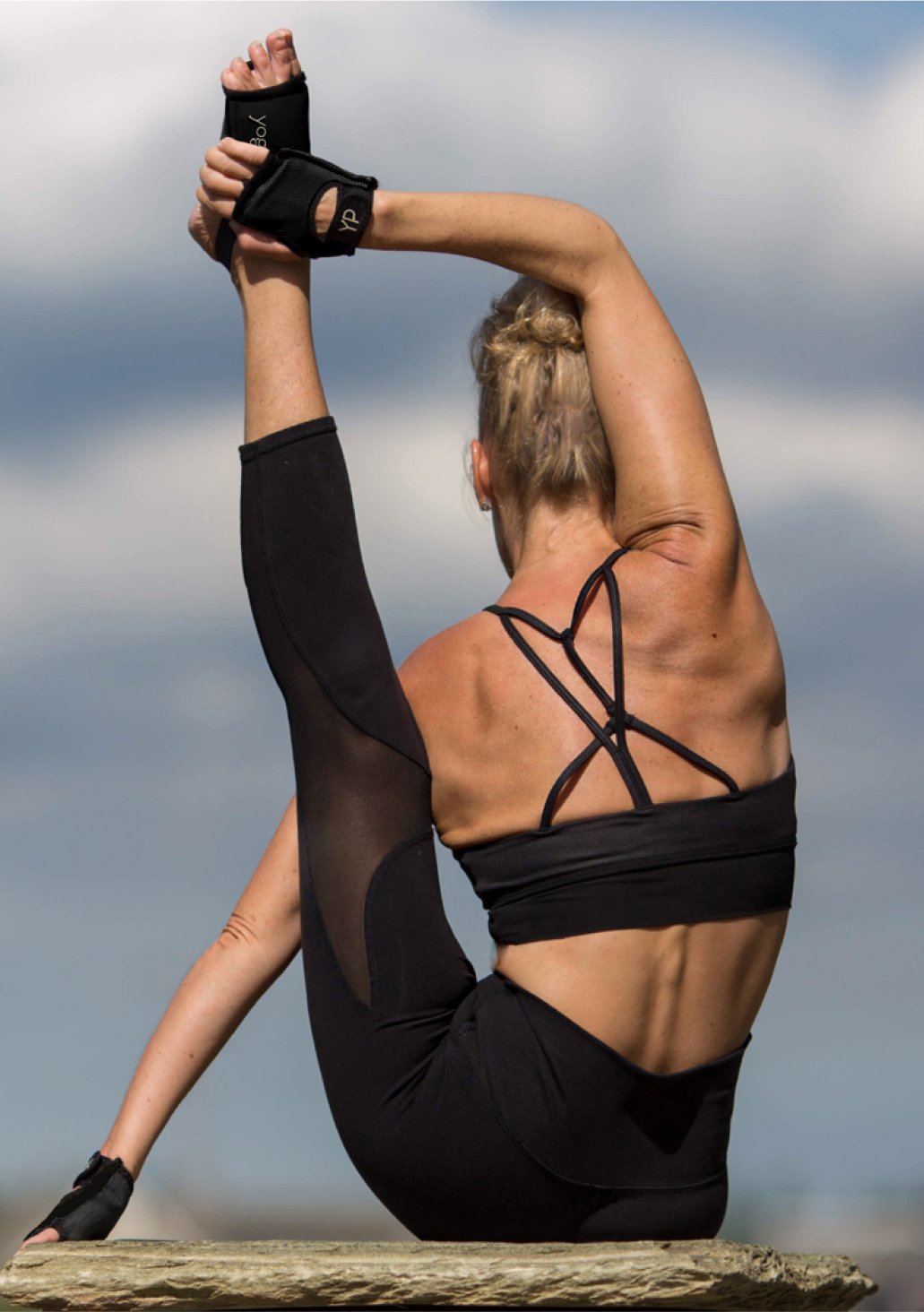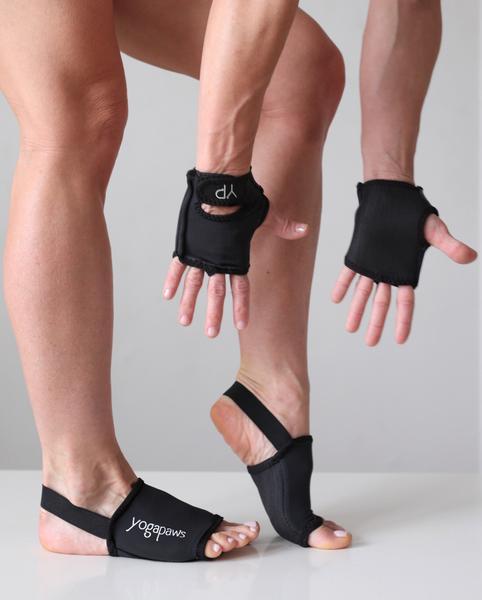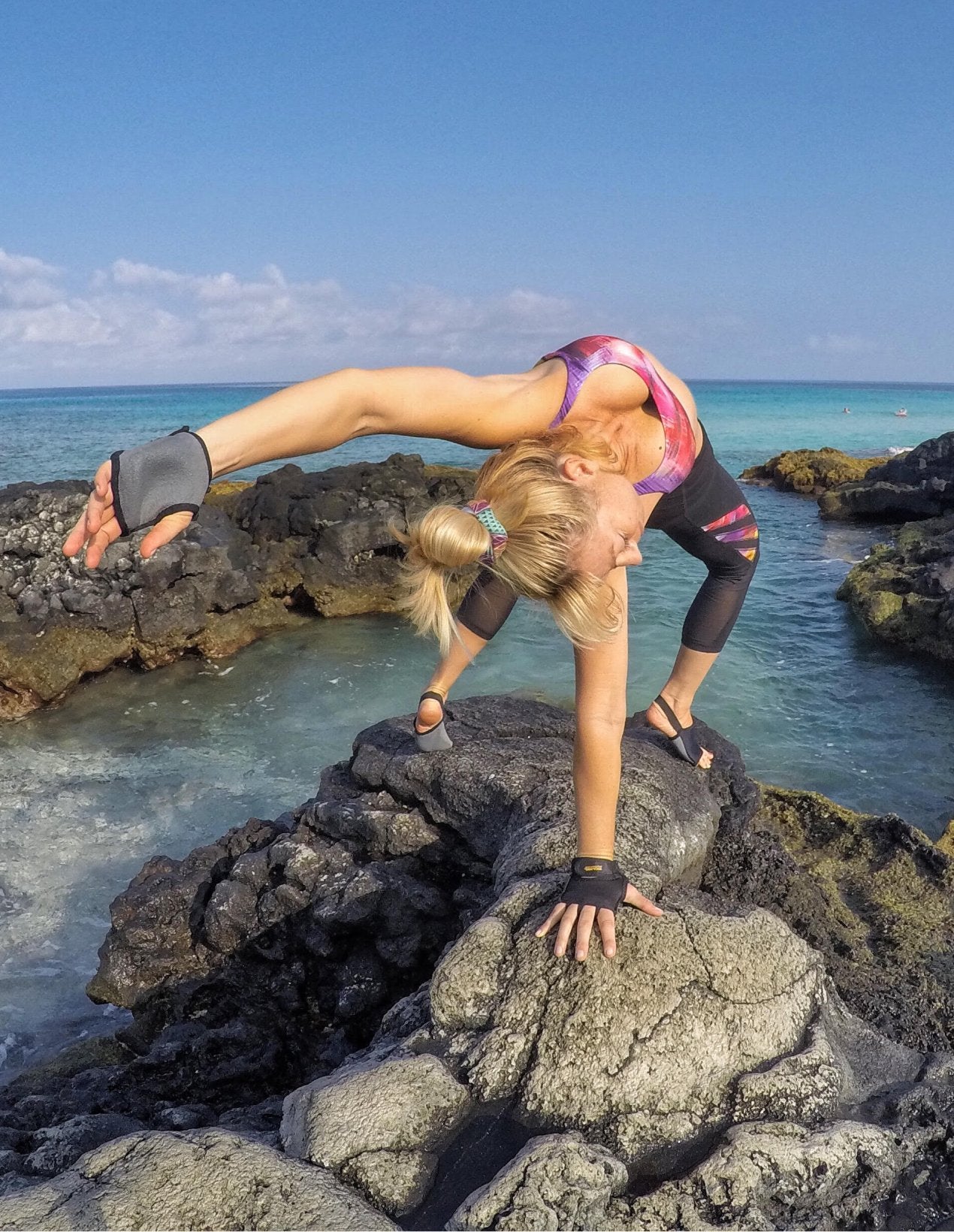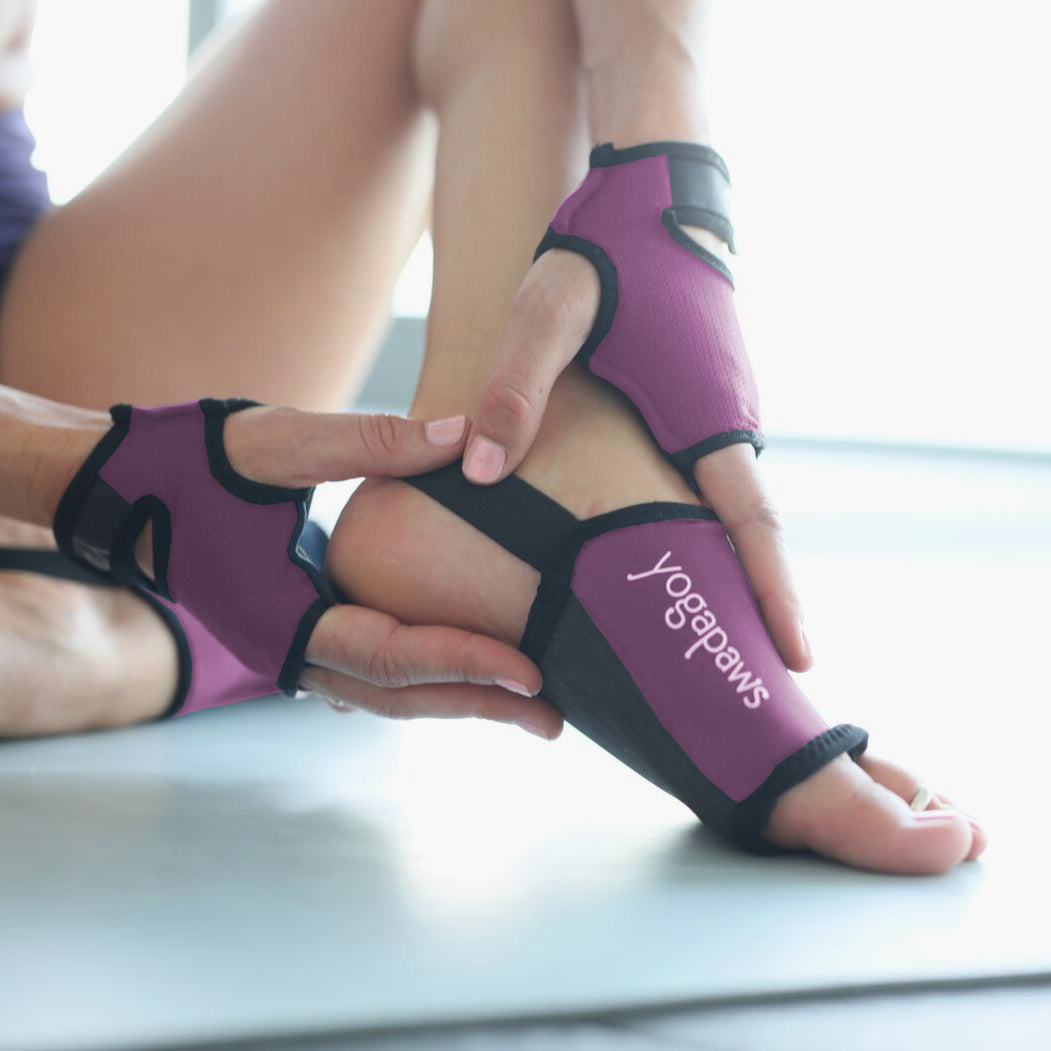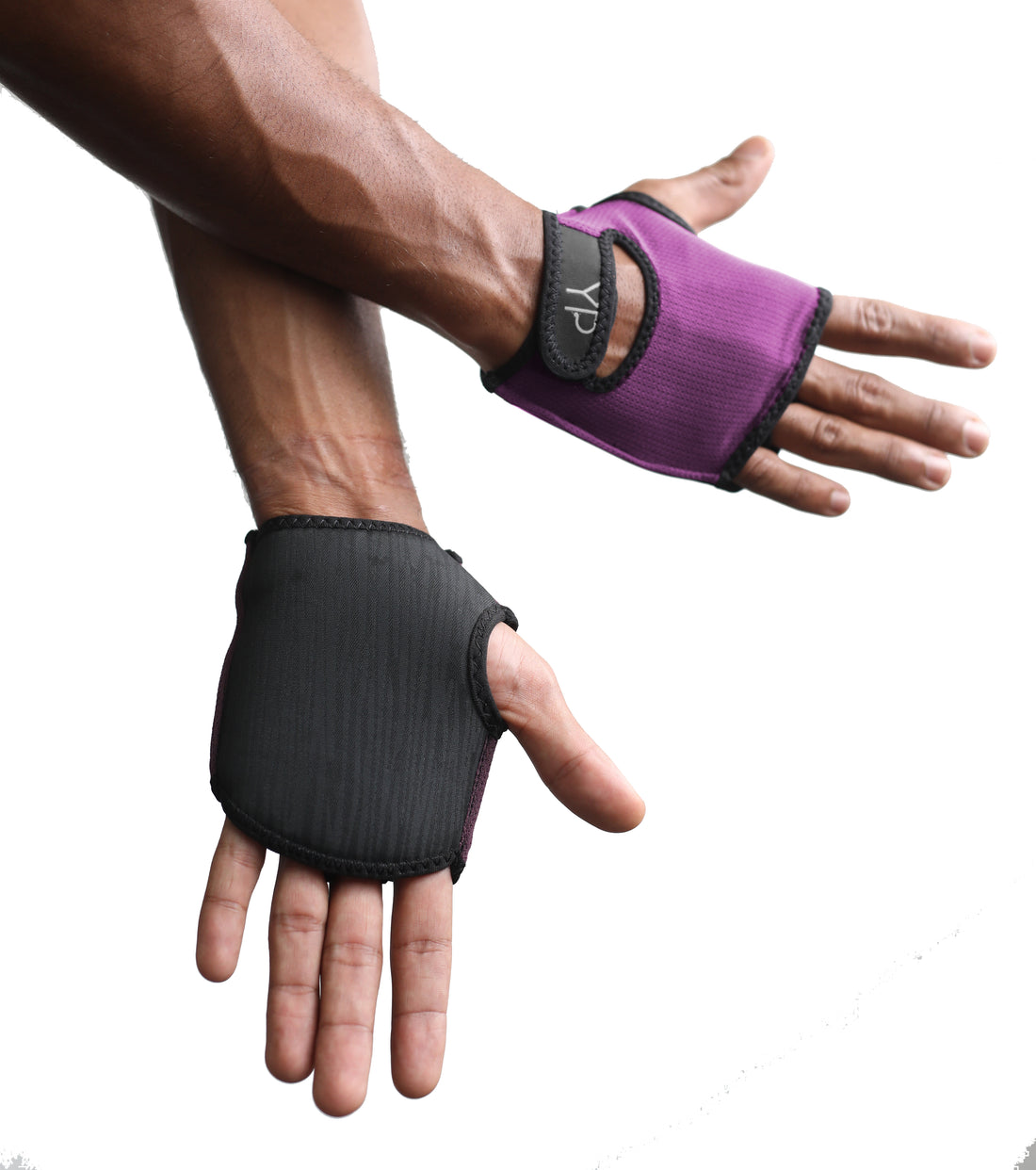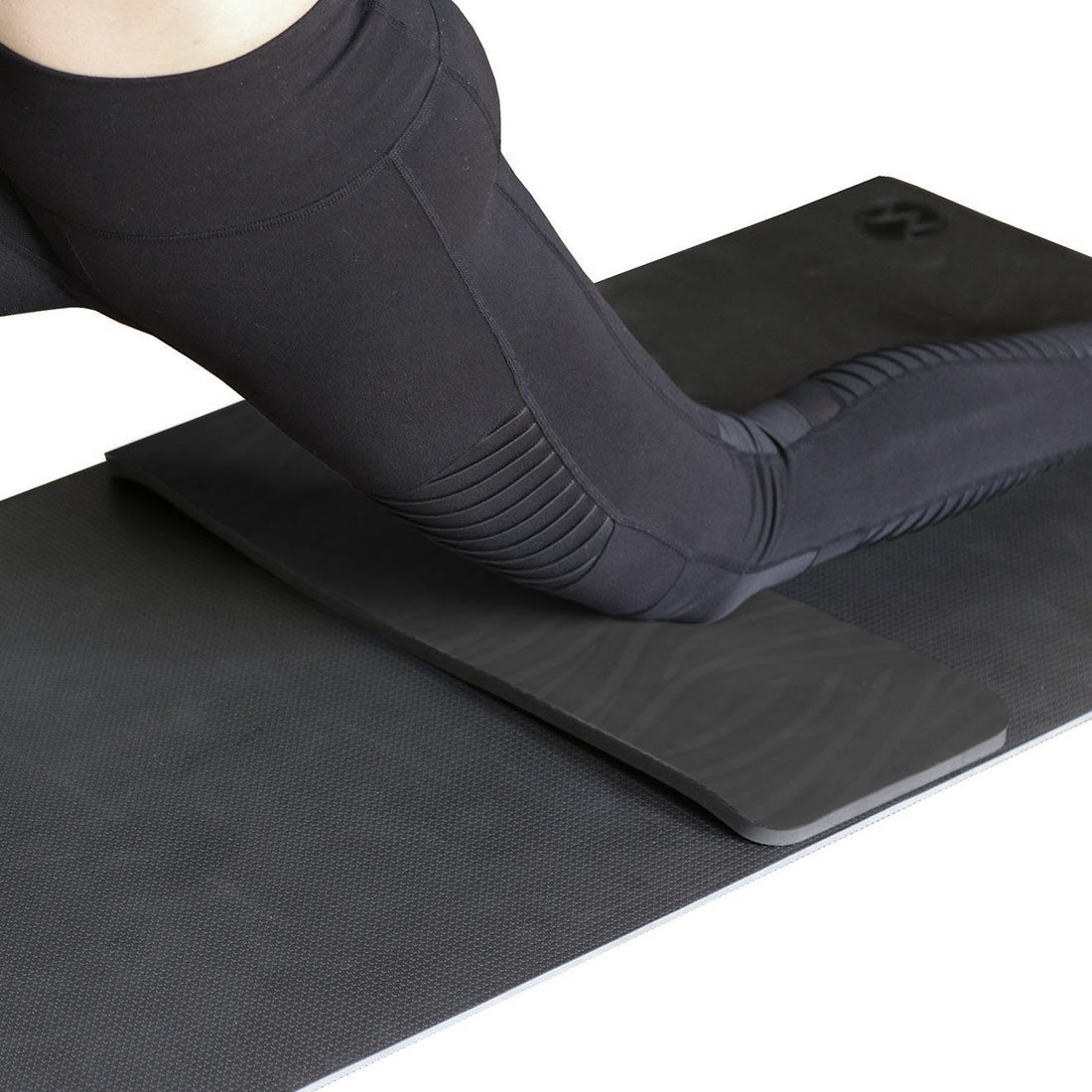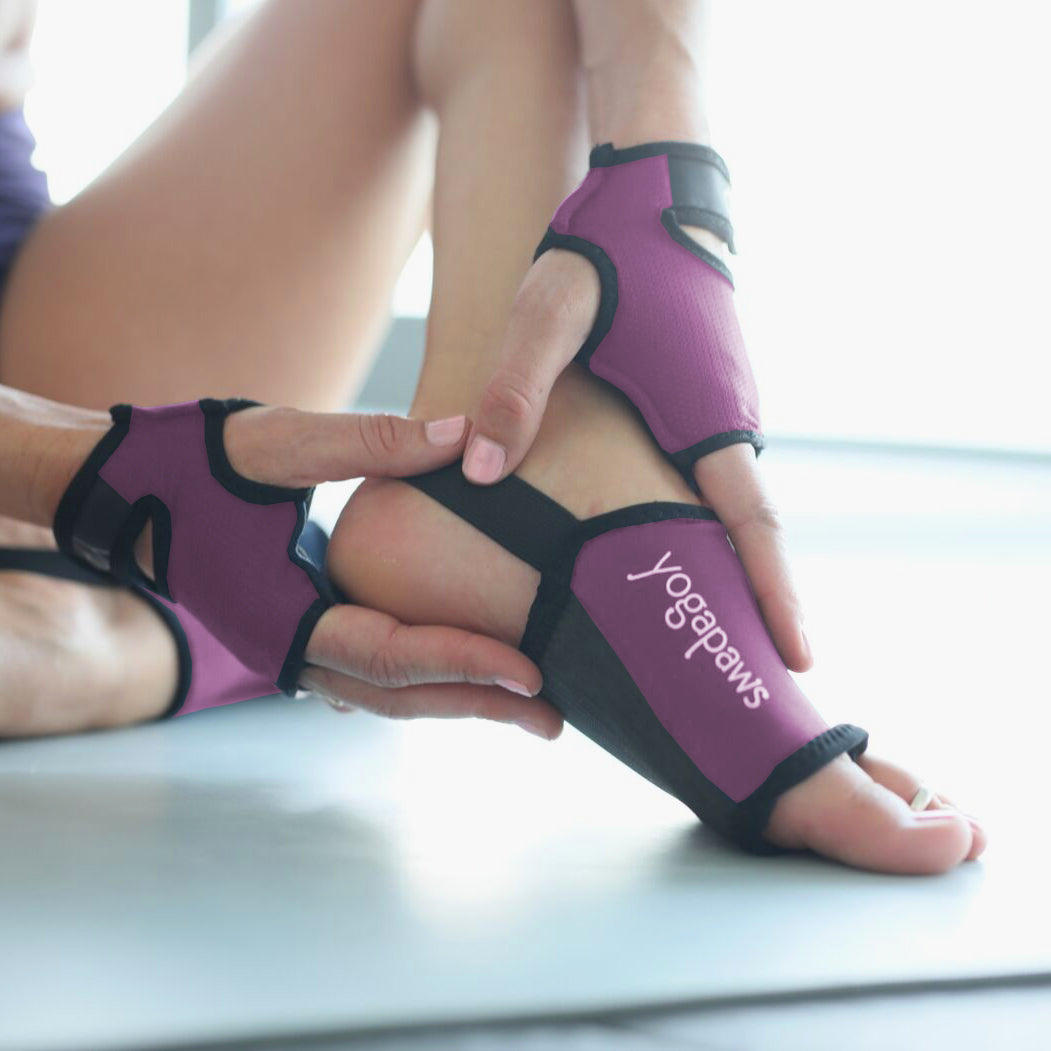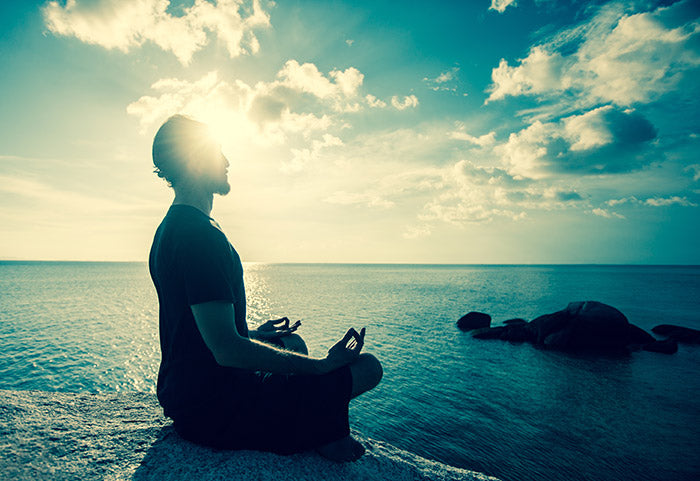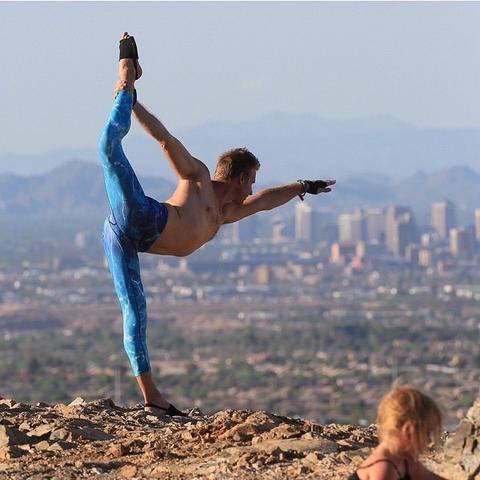 You’ve just found a new hot yoga studio you can’t wait to try or maybe you’ve finally crossed the bridge from wanting to try yoga to taking your first class. You can’t wait to dive into that new experience. Then comes that moment when you open the studio door, see all of the other mats, and walk to your place. Suddenly, your monkey mind is chattering about whether you’ll be able to take the heat, whether you can “keep up” with the class, or whether your sweaty palms will be able to grip the mat. Being nervous before a new experience, a test, a presentation, or even a difficult conversation is just part of being human. Still, it’s not one of the more fun parts.
You’ve just found a new hot yoga studio you can’t wait to try or maybe you’ve finally crossed the bridge from wanting to try yoga to taking your first class. You can’t wait to dive into that new experience. Then comes that moment when you open the studio door, see all of the other mats, and walk to your place. Suddenly, your monkey mind is chattering about whether you’ll be able to take the heat, whether you can “keep up” with the class, or whether your sweaty palms will be able to grip the mat. Being nervous before a new experience, a test, a presentation, or even a difficult conversation is just part of being human. Still, it’s not one of the more fun parts.
Before you begin to use yogic tools for addressing nervousness, it’s important to accept that you’re going to feel nervous in certain situations. Where yoga comes in is in helping you find ways to calm your nerves, stop being reactive, and embrace the challenge at hand with clear thinking.
When you can keep things in proportion, a small amount of stressing over performance-based tasks can actually help you do better. What’s not helpful is when that need to do well becomes a loop in your mind that makes you feel like you can’t possibly succeed. Renowned yoga teacher Dr. Timothy McCall points out in Yoga Journal that most of the things that make you nervous aren’t as dire as you think. As a reality check, think about how many times you feel you’ve fallen short of the mark only to have friends or colleagues come up to after the event or class and tell you that you rocked it!
As McCall points out, as soon as a stressful thought becomes a negative habit, it’s not helping you. If you keep worrying at the same ideas and you aren’t getting anywhere, let go of them. Write them down and then visualize them leaving your head.
Get to the root of the issue. If your nervousness tends to be triggered by specific sets of circumstances — a particular activity, place, or people — it might help to create a list of five to 10 mantras for yourself. Try ones like, “I can handle this situation calmly” or “I am capable of doing this well.” Repeating those sayings can help break the cycle of nervousness. Stand in front a mirror and repeat your mantras. Adjust your body language to reflect your words. When you say “calm,” relax your shoulders, for example. Or, as you say “capable,” square your shoulders, exhale and bring your core back to your spine and stand tall.
If you tend to get nervous about things in general, you may benefit from a combination of mantras and meditation. Create a visualization of yourself successfully navigating a day, a goal, or a year in your life. Explore the idea of Sankalpa (resolve). Try to virtually live in the body, the job, the future you want. So, think about how you feel as you shut off the alarm and get out of bed. See yourself reaching for the clothing you’ve always wanted to wear. Picture yourself doing your dream job. Enjoy the feeling of lifting off into an arm balance or stretching into an inversion. The next time you feel nervous, remind yourself that you are that person.
Hitting your mat also helps you find a confident, stable place. Besides yoga’s general calming effects and the benefits of any kind of exercise for your mental state, you will likely find that the empowerment of a yoga practice helps you refocus on your abilities, not your fears. In a class, you have the added the connection of the people around you—who are sharing both your nervousness and your joy!
Here are some poses to try.
Take charge. There’ s a tendency to put off things that make you nervous, or to create chaos around them. Try to resist that urge. If you have a big assignment in your work pile, tackle it first. If you’re nervous about a meeting, get there early. As you start to work on the task at hand, you will find your anxiety lessening.
Let go. As counterintuitive as it seems, sometimes it helps to envision what would happen if the thing you are nervous about doesn’t turn out the way you had hoped. How would you cope? Then, remind yourself how unlikely that worst-case scenario really is. And, also focus on what even that negative outcome would really mean.
Oftentimes, not getting the result you want can point to a need to assess your situation. Do you really want that promotion? Are you making a speech about something you really believe in? Every “performance” or new experience brings a benefit, whether new thinking or additional skills. In yogic terms, there are no mistakes — just steps in learning. Everything you do is simply part of your success in self-realization.






